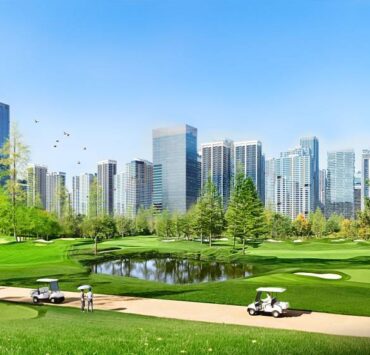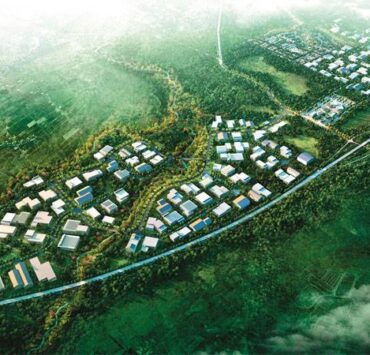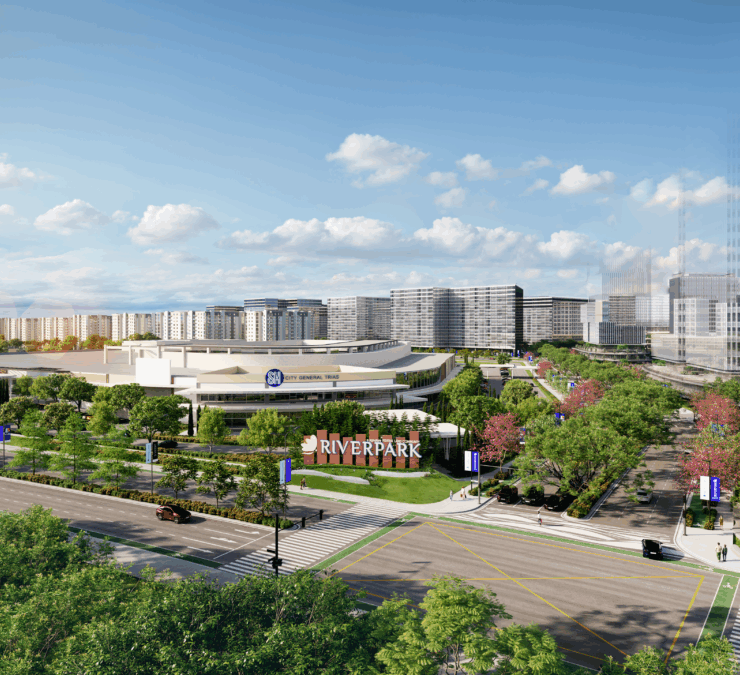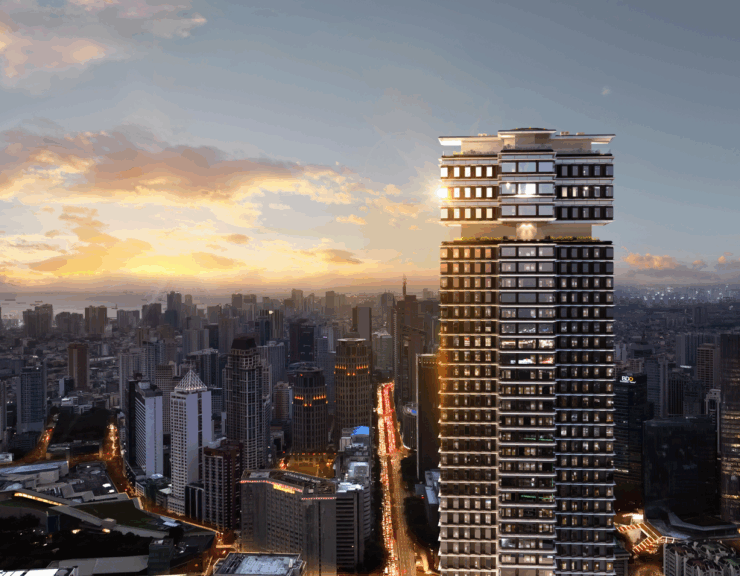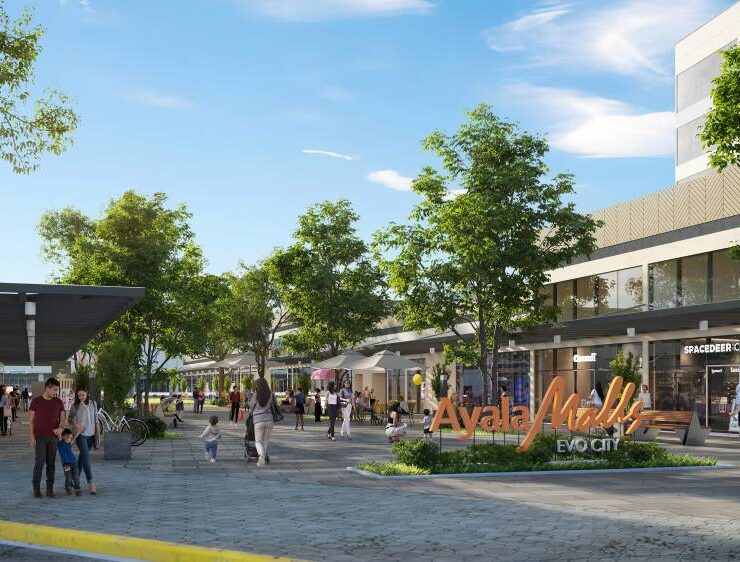Building cities beyond a lifetime

How long does it take to build a city?
Expo City Dubai, one of the newest cities in the world, was planned and built within seven years. The City of Los Angeles, meanwhile, started from a Spanish village in 1781 before it became a bustling metropolis in the 1920s.
Given the huge timeframe difference, perhaps there is no definite answer to the question. One thing is for sure, though—building a diverse urban area takes a lot of time and effort. In fact, many cities continue to expand and evolve continuously with no end in sight. This indefinite period of building, however, is a good thing for all of us.
Let us explore why the continuous evolution of progressive cities spells great news for everyone, and why you ought to become part of the building process.
Places transform gradually
Many of today’s urban areas originated from humble beginnings.
For example, Long Island City in the United States was previously an abandoned industrial area. China’s Tianjin Eco-City was also considered a wasteland in the early 2000s. It took many years to transform these blights into functioning and sustainable communities.
Given the right budget and planning, these places were able to transform into something better over time.
To transform a deteriorated area into a functional community, intensive planning and careful execution are needed. The architecture and infrastructure that make up communities also take time to build. Moreover, waste cleanup, demolition works and other restoration activities require extensive efforts to implement.
To transform places into modern cities, major works are carried out over time to ensure that all improvements are executed well.

Construction requires patience
While new technology is gradually paving the way for easier construction, most structures still require some time to build.
To create a fully functioning city or community, everything has to be crafted with intent. From large structures to small public furniture, all parts of the city have to be fabricated to accommodate the human scale.
Infrastructure such as roads, utility lines and communication towers are also built gradually to ensure they will last many lifetimes. While construction requires patience to complete, the wait is all worth it if the resulting works are made with quality, durability and exceptional functionality.

Cities evolve with people
Many cities grow organically, meaning their functions and characteristics evolve based on the present needs of the people they serve.
While this idea may lead to some communities becoming irrelevant in some places, the good news is that places are dynamic enough to transform to accommodate our needs. While there are areas today that might be abandoned or decaying, there is still a chance for them to become the in-demand destinations of tomorrow.
In the past for example, people used horses and carriages for transportation. Gradually, however, cars were introduced in the market and became the predominant choice. This required many of our roads originally shaped by stones or dirt to become paved with concrete or asphalt.
This shift was implemented over time, but it is one of the major changes that occurred in our cities in the past century.
Today, many cities are built with concrete roads as brought about by our modern needs. As we continue to make advancements in technology and transportation, who knows what cities will look like in the future?

Built creations are made to last
As the old adage goes, Rome was not built in a day.
Some of the world’s best places to live in took years, even centuries, to be established. Great transformations, especially in urban planning, make use of permanent and durable materials that ensure longevity.
Quality work takes time. This is true in the fields of architecture and urban design. When it comes to places, it can sometimes take more than one person’s lifetime to deliver permanent results.
More often than not, however, the wait is worth it. Places are built carefully to make them durable enough to last for many generations. So if you live in a city that is taking forever to be completed, consider this—perhaps the place is growing along with you and your needs.
If it is being built not only for the immediate needs of its users, but also in consideration of future residents, it’s a city that aims to last for generations.
Sources: Skyliner. “How Long Does it take to Build a City.” Youtube video. Uploaded 31 Oct 2023. (https://youtu.be/gT8n_NaTfg4?si=duVDJQXy_ymXnLv5); Pixabay, Nancy Bourque, Erik Mclean, and Ricky Esquivel via pexels.com
A Filipino architect who has a Master's Degree in Interior Design of Commercial Spaces from IED Barcelona, Spain and with twelve years' worth of experience under the tutelage of Filipino architectural firms.














